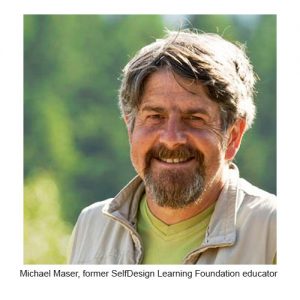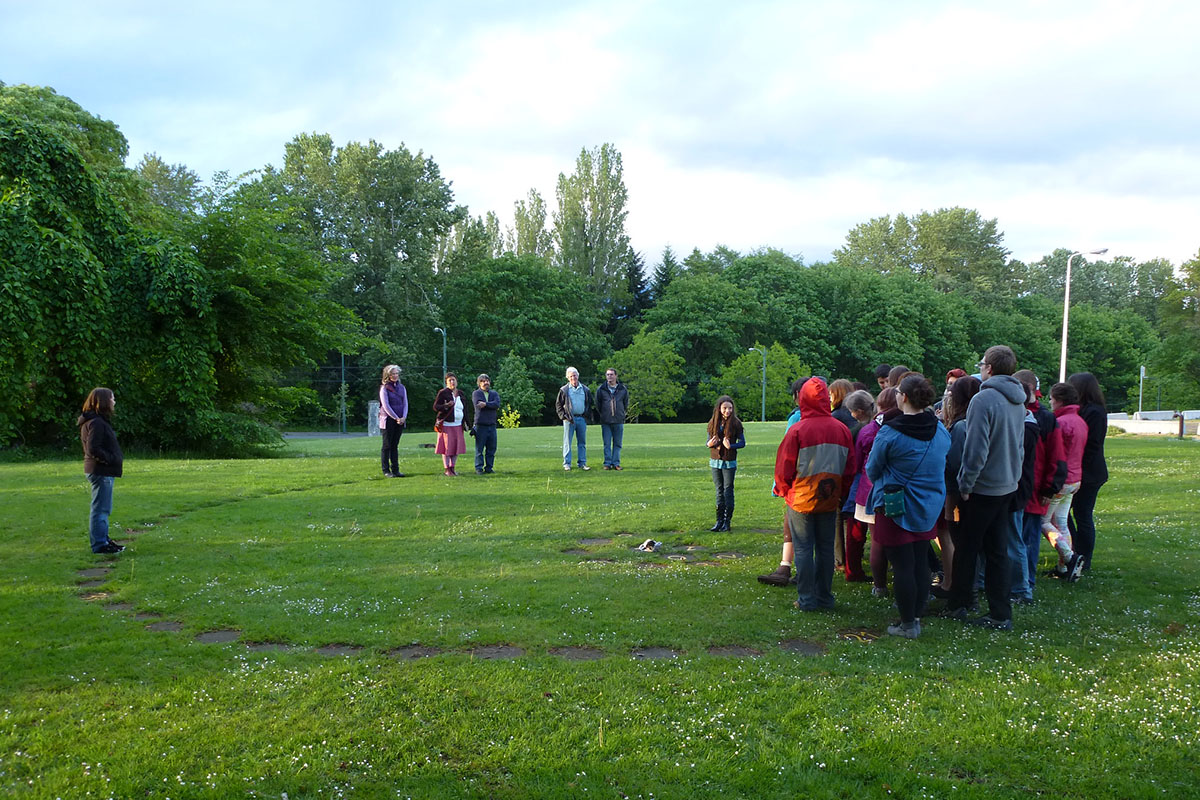Conversations about education are often dominated by opinions about what education should look like based on visions of the future. Social media, trade show flyers and school bulletin boards show concerns about the future and how education should change to address those future challenges and needs.
While this vision may be compelling, we know predictions of the future aren’t reliable. This kind of prediction is unproductive. Nobody can accurately foretell the future or future trends – be it next week, next year, or 25 years down the road.
It stands to reason, then, that learners (of all ages), parents and educators should question any assertions that future prosperity can be linked with any certainty to training based in, for example, science, engineering, technology and math (STEM) subjects, as has been fashionable in recent years.
Interestingly, no one knows this better than the biggest kid on the tech block – Google. The company learned through its own in-house Project Oxygen that, over time, its most successful managers were neither its engineers nor straight-A recruits that they were prioritizing but employees with well-honed so-called soft skills in relational and communication-based competencies. These people were actually working against the company flow to help shape and inspire Google to become the dominant force it has become.
Google’s discovery prompted it to change its practices to reflect and leverage this lesson, which I think is also important to education and to SelfDesign®.
The lesson is to recognize the importance of the present moment, where – if one is willing to slow down, test one’s assumptions, and carefully observe what is emerging – we can and will see different things than we perceived before.
This lesson lives in SelfDesign, where our practice as educators and parents is to, first, slow down and carefully observe children. Through this, we perceive learning unfolding in play, conversation and interaction, personal projects and free-ranging exploration. One reason for this is because we’re biologically primed to learn every moment we’re awake. And with some nudging or tacit support, this emergent learning can be impressive at both the individual and societal level.
I have witnessed this in countless learners during the years when I worked as a SelfDesign educator. Supporting here-and-now emergent learning is an act of confirming the legitimacy of all learners as and how they are now and what they are learning. This confirmation – as subtle as it is – strengthens learners’ self confidence and leads to deeper and wider exploration of new avenues of learning.
I recognize that future-oriented curricula may help motivate learning and goal setting, but it’s time for it to share the stage with here-and-now emergent learning and not strive to be the dominant voice. You can Google it.
Written by Michael Maser, a former SelfDesign Learning Foundation educator and author of Learn Your Way! SelfDesigning the Life You Really Want.
To learn more about the art and science of lifelong learning, visit our philosophy page.







